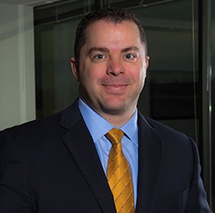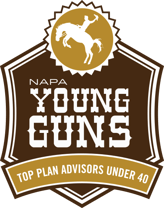Although the private, employer-sponsored retirement plan system went through a shaky period during the 2008 financial crisis (when plan balances declined and the number of loans rose), Defined Contribution plans have evolved, adapted and come back stronger as America’s economy and workers have recovered. A new survey finds that participants continue to save, and have increased their savings in employer-sponsored retirement plans, mostly thanks to solid education programs from plan sponsors and providers on topics such as market volatility, asset allocation, and target-date funds.
Eligibility, Participation and Deferral Rates Show Strength
Eligibility rates are strong. Nearly 99% of all full-time employees are eligible to participate in their employer-sponsored plan. What’s more, half of plans allow part-time workers to contribute. Participation rates are steady, too. A full 88% of eligible participants in the plans surveyed have an account balance, and 80% are making contributions.
Deferral rates are higher than pre-crisis levels. According to Actual Deferral Percentage (ADP) testing, deferrals for “non-highly compensated employees”—those earning below $115,000 a year—averaged 5.8% of pay in 2014, compared to 5.3% in 2013. Further, this group is catching up to its highly compensated counterparts, whose pretax contributions are typically around 6.9% of pay.
Sponsors Are Helping to Boost Savings, Too
Employer-matching contributions are also on the rise. Sponsors made contributions in 95.6% of plans. In 2014, the average 401(k) plan contribution was 3.2%, up from 2.9% in 2013. Moreover, 51% of plans have no service requirement to receive the match.
A majority of plans—more than 52% —now offer automatic enrollment. However, plan size makes a difference: While 70% of plans with 5,000-plus participants have an auto-enroll feature, just 19% of plans with less than 50 participants offer one. That’s significant, because participation is about 10% higher in plans with auto-enrollment, according to the survey. Sponsors typically auto-enroll workers at a 3% rate, but some are opting for higher default rates. The survey showed about equal deferral rates for auto- vs. self-enrolled participants.
Some Key Findings
- The average fund menu included 19 options.
- Seven out of 10 plans offered a target-date fund (TDF). On average, 15.8% of plan assets were allocated to TDFs, a notable uptick from 4.5% in 2007.
- Eighty percent of plans used a qualified default investment option (QDIA); 74% of sponsors chose a TDF as the QDIA.
- Nearly 70% of sponsors used investment advisors.
The 58th Annual Survey from the Plan Sponsor Council of America is available online
at http://tinyurl.com/PSCA58survey.
Posted by Josh Kopec, AIF®, Retirement Practice Leader

jkopec@cgofinancial.com | 630.810.9100

RP-0309-0616
Tracking #1-503856
3Q 2016 Plan Sponsor Newsletter
For plan sponsor use only, not for use with participants or the general public. This information is not intended as authoritative guidance or tax or legal advice. You should consult with your attorney or tax advisor for guidance on your specific situation.
Kmotion, Inc., 412 Beavercreek Road, Suite 611, Oregon City, OR 97045; www.kmotion.com
© 2016 Kmotion, Inc. This newsletter is a publication of Kmotion, Inc., whose role is solely that of publisher. The articles and opinions in this publication are for general information only and are not intended to provide tax or legal advice or recommendations for any particular situation or type of retirement plan. Nothing in this publication should be construed as legal or tax guidance; nor as the sole authority on any regulation, law or ruling as it applies to a specific plan or situation. Plan sponsors should consult the plan’s legal counsel or tax advisor for advice regarding plan-specific issues.







